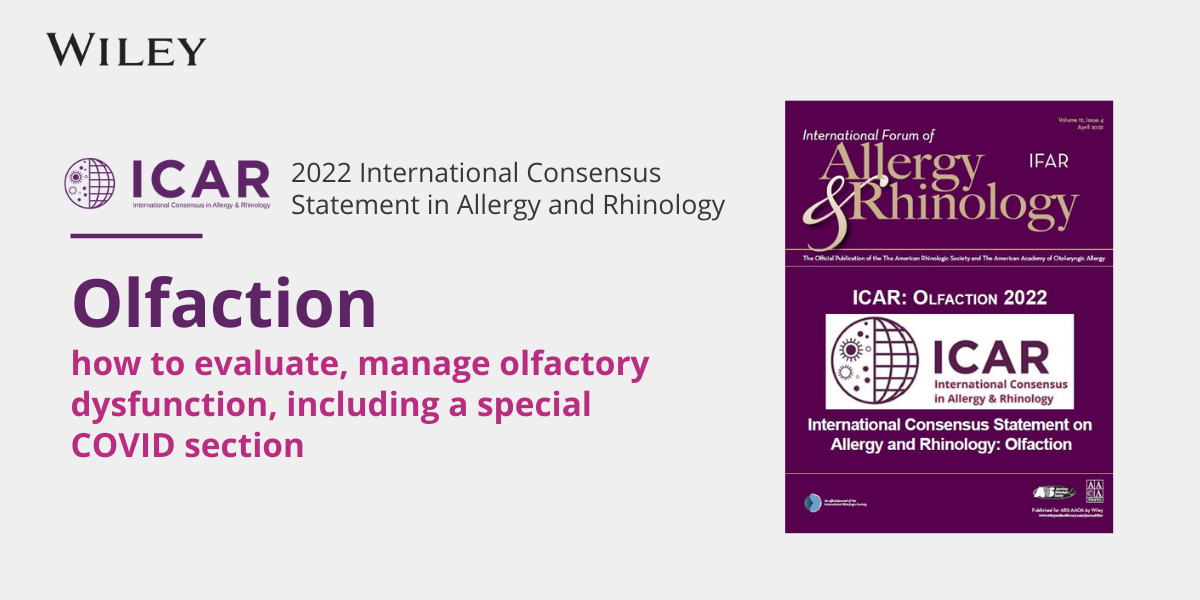Beginning January 1, the Centers for Medicare & Medicaid Services (CMS) expanded its billing policy for HCPCS code G2211 (Visit complexity inherent to evaluation and management associated with medical care services that serve as the continuing focal point for all…
CMS Releases Quality Payment Program Proposed Rule
The Centers for Medicare and Medicaid Services (CMS) released a proposed rule outlining the requirements for Year 2 of the Quality Payment Program (QPP), including those requirements providers will have to meet to succeed in either the Merit-Based Incentive Payment System (MIPS) or asclinicians in advanced Alternative Payment Models (APMs).
The design and implementation of the QPP represents amajor step in to transform care delivery and improve the quality of care delivered to patients. However, CMS has heard from providers about the additional burden the requirements of this program places on their practices. In an effort to grant further flexibility for clinicians, CMS established in itsproposed rule new avenues to incentivize and simplify MIPS participation. While the agency would like majority of providers to participate in advanced APMs, they recognize that at the program’s outset most providers will remain in MIPS.
The first new option that was proposed is the implementation of virtual groups. Solo practitioners and small groups of up to 10 clinicians can opt to form a “virtual group” for reporting purposes. As proposed, virtual groups would report data together for all four performance categories and receive a single group composite MIPS performance score.
CMS also proposed to raise the low volume threshold toexclude clinicians and groups who bill $90,000 or less in Part B allowed charges or provide care to 200 or fewer beneficiaries. If finalized, this will help eliminate the reporting burden on clinicians in small practices or those who have few Medicare beneficiaries. For those small practices that remain in MIPS, CMS did propose to add 5 bonus points to their MIPS composite score to improve their chances of avoiding a penalty.
Besides the small practice bonus, CMS also proposed to add a complex patient bonus. The agency will add a provider’s hierarchical condition category (HCC) score between 1 and 3 to the composite score. This is an attempt to better account for the complexity of a provider’s patient population. However, this is some concern that the HCC score, which was designed for risk adjustment in the Medicare Advantage (MA) program, may not be the best proxy for patient complexity.
CMS also added additional flexibilities and opportunities to earn a bonus points in the Advancing Care Information (formerly the Meaningful Use program) category. The agency is no longer requiring that all clinicians use the 2015 Certified Electronic Health Record Technology (CEHRT). Also, there are new flexibilities and opportunities to earn bonuses for public health registry reporting.
While the proposed rule has offered clinicians extra flexibility in participation and additional opportunities to improve aclinician’s scoring across MIPS, there were some concerningproposals. For the cost performance category, CMSproposed to change the weight of the cost performance category from 10 percent to zero percent for the 2018 MIPS reporting year. The agency will use the additional year before scoring the category to conduct more outreach to interested providers and to develop more episode-based measures. However, if finalized, this would mean that the category would increase in weight from zero percent in 2018 to 30 percent in 2019. Such a large increase in the span of one year would put clinician’s at a real disadvantage if cost measures applicable to their practice have not been developed or if CMS has not finalized accurate risk adjustment and attribution methodologies. Many stakeholders are concerned CMS will still have completed the work necessary to accurately assess cost in an additional year. The final rule on the QPP will be released later this fall. More information about the program and how to participate can be found online at:https://qpp.cms.gov/




